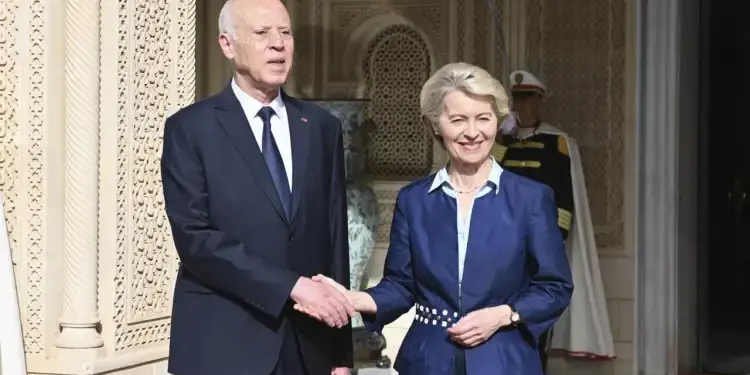In 2022, European capitals observed Tunis with growing concern. The decisions of President Kaïs Saïed – Gel of the Parliament and overhaul of the Constitution, had then aroused a volley of criticism, sometimes virulent.
The European Union, asking democratic principles, then seemed ready to distance itself from Tunisia. Two years later, the tone has radically changed: financial support, reinforced cooperation agreements, high -level visits … What is this turnaround? Did they, as some say, eventually yielded?
The answer is in one word: migration. Or more specifically, in the urgency of containing the illegal migratory flows which, from the Tunisian coasts, take the sea to Europe. The European Union, and first of all Italy, quickly understood that Tunisia was no longer just a Mediterranean neighbor in a political crisis, but also a key player to contain a phenomenon that weakens the internal balances of European countries. In 2023, the arrivals of migrants by sea broke records. And among the most active starting points, the Tunisian coasts were at the top of the list.
Consequently, priority has changed. The security obsession has taken precedence over political positions. The agreement signed in July 2023 between Tunisia and the European Union – which includes financial assistance, logistical support and a strengthened partnership in the fight against smugglers – is the symbol.
This assumed realpolitik can shock, but it is not new. Europe has often preferred stability to democratic uncertainty in its southern neighborhood. Current Tunisia, although economically weakened, remains an essential link for Europe, both as a migratory dam and as a potential energy partner.








